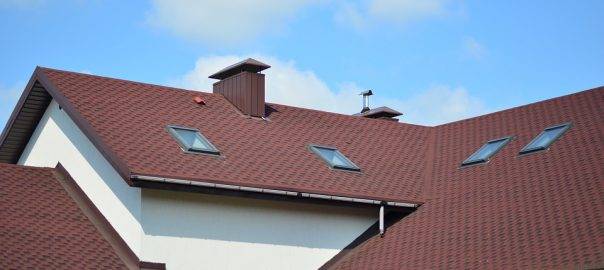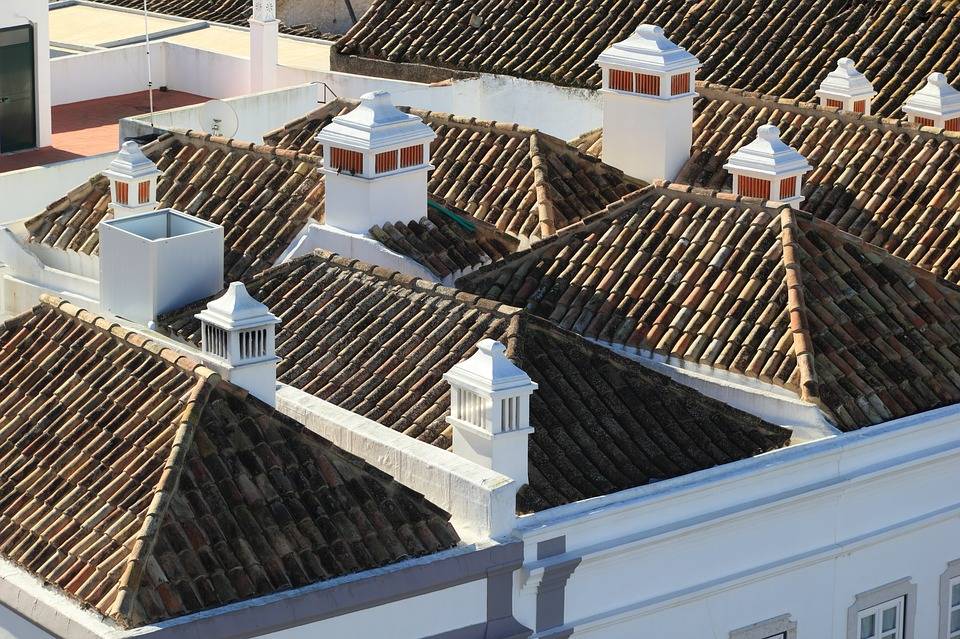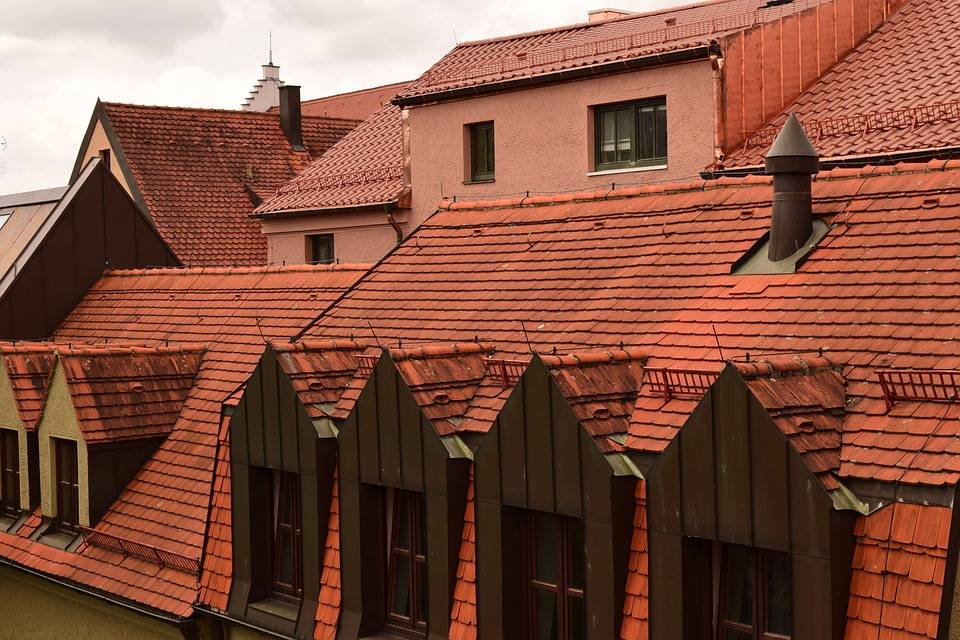Roofs have been suffering from extensive wear during the last decade. This creates problems not only for the owners of the roofs, but also for the government, which must address the problems of efficient use of resources and energy and to ensure longevity of structures.
Installation of roofs in cold climate faces some difficulties due to the following:
- low air temperature;
- temperature differences;
- snow and wind loads;
- a large difference of temperature and humidity inside and outside in the cold season.
Considering the above, it is obvious that roof durability is a pressing concern. Experience shows that it can be addressed by application of bitumen-polymer materials. The highest reliability is demonstrated by the materials modified with Styrol-Butadiene-Styrol (SBS). These materials offer high elasticity and flexibility even at -25ºС. The roofing material is most commonly based on polyether non-woven fabric (polyester), which gives the material its high durability and tensile strength.
Insulation plays a special role in a roofing system. It reduces the heat loss and can be the base for roofing materials.
If the insulation is not sufficient, snow can melt in some areas of the roof, and the water can damage the roofing material.
The high cost of complete roof renovation and the relatively short construction season cause many customers to turn a blind eye to material quality issues. However, the solution lies on the surface: a special mat can be applied with channels for evaporation. Ventilation reduces humidity and prevents bulging of the coating.
The SBS-modified roof materials can be used to create “breathing” roofs with long service lifetime.








